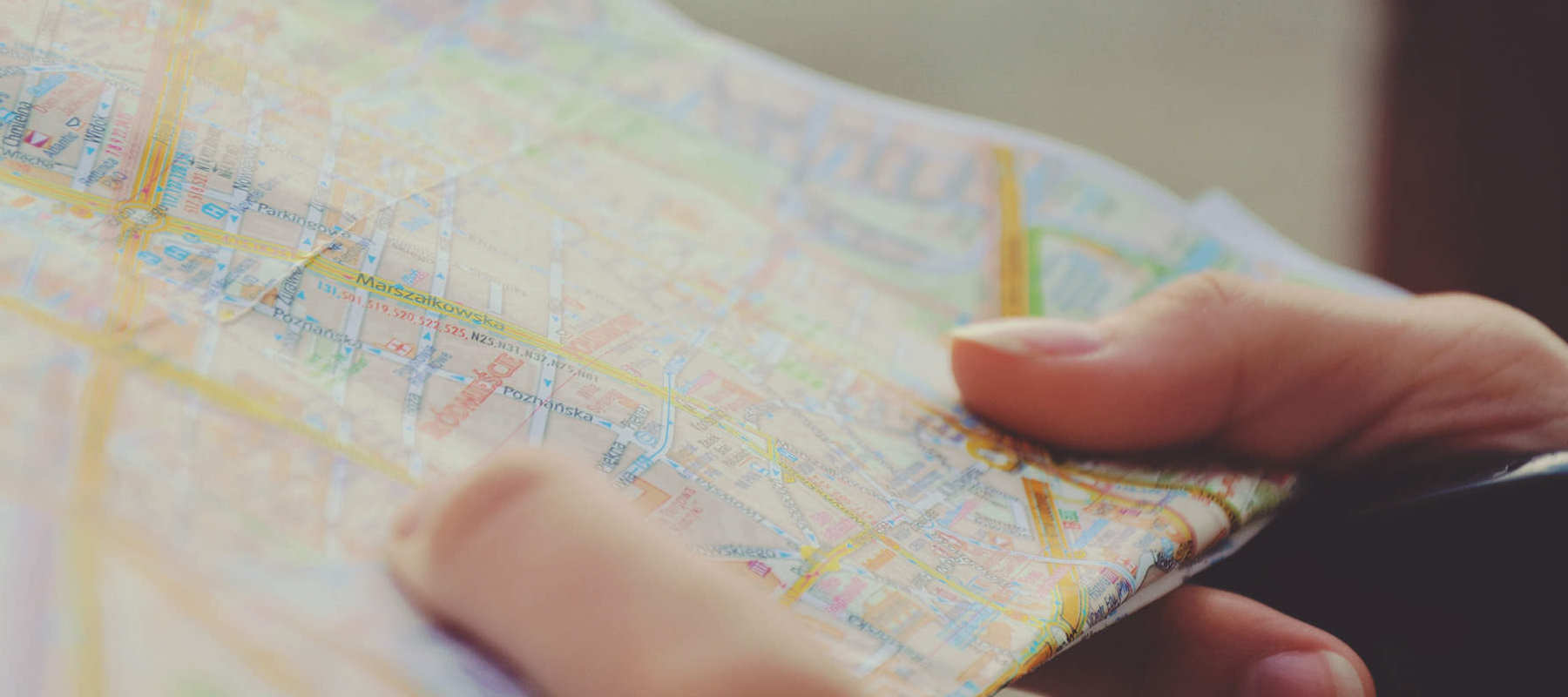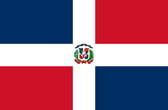
Call 0330 880 3600 Calls may be monitored or recorded. Opening Times.
- TRAVEL INSURANCE
- COVID-19 ENHANCED COVER
- More Options
- Help & Advice
- Existing Customers

Call 0330 880 3600 Calls may be monitored or recorded. Opening Times.

Need help?
UK Customer Services0330 880 3600*
Open Monday to Friday 9:00am to 6pm, Saturday 8:30am to 4pm and closed Sundays.
*Calls are recorded for training and quality purposes.

Official name: Dominican Republic
Capital city: Santo Domingo
Official language: Spanish, English, French
Population: Around 11.4 million
Currency: Dominican peso (DOP)
Time zone: GMT-4
Driving side: Right
Climate: Tropical maritime climate with a hot, humid wet season (May to November) and a drier season (December to April). Hurricanes are possible between June and November.
The Dominican Republic shares the Caribbean island of Hispaniola with Haiti, but it is the larger and more prosperous of the two nations. Known for its all-inclusive beach resorts, lively music and nightlife, and impressive natural scenery, the country attracts millions of visitors each year. From the white sands of Punta Cana to the cobbled streets of Santo Domingo’s colonial zone, it blends Caribbean charm with a deep cultural heritage.
The Dominican Republic boasts a diverse landscape ranging from mountains and valleys to lush rainforests and more than 1,600 km of coastline. Pico Duarte, the Caribbean’s highest peak at 3,098m, contrasts with Lake Enriquillo, a hypersaline lake lying below sea level. Natural hazards include hurricanes, tropical storms and occasional earthquakes.
The country is well connected with international flights arriving at airports in Santo Domingo, Punta Cana, Puerto Plata and Santiago. Road conditions vary: major highways are in good shape, but rural driving can be hazardous. Tourism is centred around coastal resorts such as Punta Cana, Bávaro and Puerto Plata, while inland regions offer ecotourism, waterfalls and mountain hikes. Santo Domingo, a UNESCO World Heritage Site, is one of the oldest continuously inhabited cities in the Americas.
British nationals do not need a visa for tourist stays of up to 30 days but must purchase a tourist card on arrival (or in advance online). A valid passport with at least six months’ validity is required. For longer stays or other purposes, visas may be required from Dominican embassies or consulates. The UK embassy is located in Santo Domingo.
The Dominican peso (DOP) is the official currency, though US dollars are accepted in many hotels and resorts. ATMs are widely available in cities and tourist hubs. Credit cards are commonly used, but smaller businesses may prefer cash. Haggling is common in markets.
Medical care in larger cities and tourist resorts is generally of good standard, with private hospitals offering reliable services. Facilities elsewhere may be basic. Travellers should be cautious of mosquito-borne illnesses such as dengue, Zika and chikungunya. Tap water is not safe to drink - bottled water is strongly recommended. Comprehensive travel insurance is essential, particularly as private hospitals often expect payment upfront or proof of insurance.